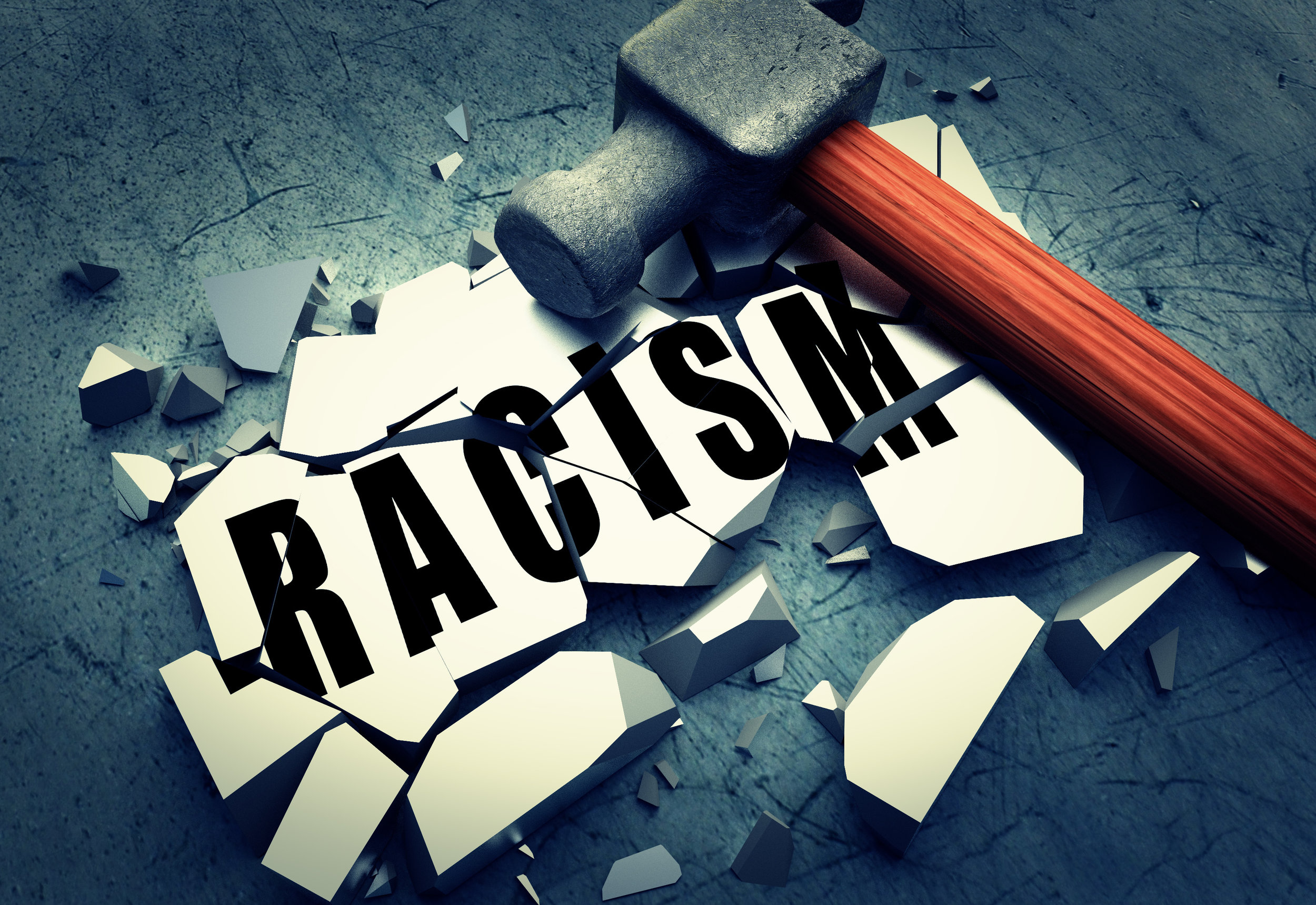This New York Times article points out the importance of the media’s reporting on something like Canadian student Jack Greenwood’s alleged hate crime as a message to the public of the consequences of engaging in this kind of activity. Yes, there was alcohol; yes, he was young; but for what he did, these are not adequate excuses.
It is amazing that The Globe and Mail featured this article on protecting the names of individuals who conspired in the infamous bread price-fixing scandal, considering the fact that, other than this short piece in the National Post, Canadian media failed to report anything on Greenwood being charged with a hate crime and the subsequent plea bargain. His story should have been front and center in the Canadian media as a strong message against hate crimes. Giving Greenwood a pass on this is perplexing and disturbing.The Globe is fighting to report the naming of someone here; but giving Greenwood a pass sets a double standard.
In the plea bargain, it is interesting to note that Greenwood was contrite. In stark contrast, his lawyers say Greenwood was the victim and that he “never should have been charged”, which makes the whole plea bargain disingenuous. The concept of restorative justice is also given a slap in the face. Why did Greenwood not contradict him by saying, “those are my lawyer’s comments and feelings, not mine?”
The young black man who was targeted, and his family, agreed to this lenient deal, showing a high degree of grace, class, and dignity. In contrast to this, Greenwood, by not challenging his lawyer on those comments, showed a complete lack of grace, class, and dignity.
The real story is the negligence of the Canadian media, for whatever reason, not reporting this. If this turning a blind eye was an attempt to give a young person a break, that doesn’t cut it. We rightfully expect the media to report honestly and openly on issues and stories of this nature. My bet is that if the situations were reversed, where a black man targeted a white Canadian, that would have been reported on.
In the case of Bill Cosby, a similar dynamic is at play.The publicist likened Mr. Cosby’s case to that of the black boy who was lynched after he was wrongly accused of flirting with a white woman in 1955.This is akin to his lawyer’s claim that he was the victim. Bullies and abusers almost always claim to be the victim.
I know the Greenwood family well, and they are friends; but I do not agree with the blinkered media. As a member of the community, I have the responsibility to expose this, despite the likely damage to my relationship.
But it should have been the media who addressed this story first! Living in a time when hate crimes are increasing at an alarming rate, people need to be made aware of when such crimes occur, under what circumstances, and what was done about them. To let someone off the hook, smacks of racism and the WASP effect.
Recently, the federal government has proposed legislation to promote and protect Canadian content. The media is asking the public to pony up to protect local and Canadian content; but by not covering a story like this begs the question why they are asking for this in the first place.









